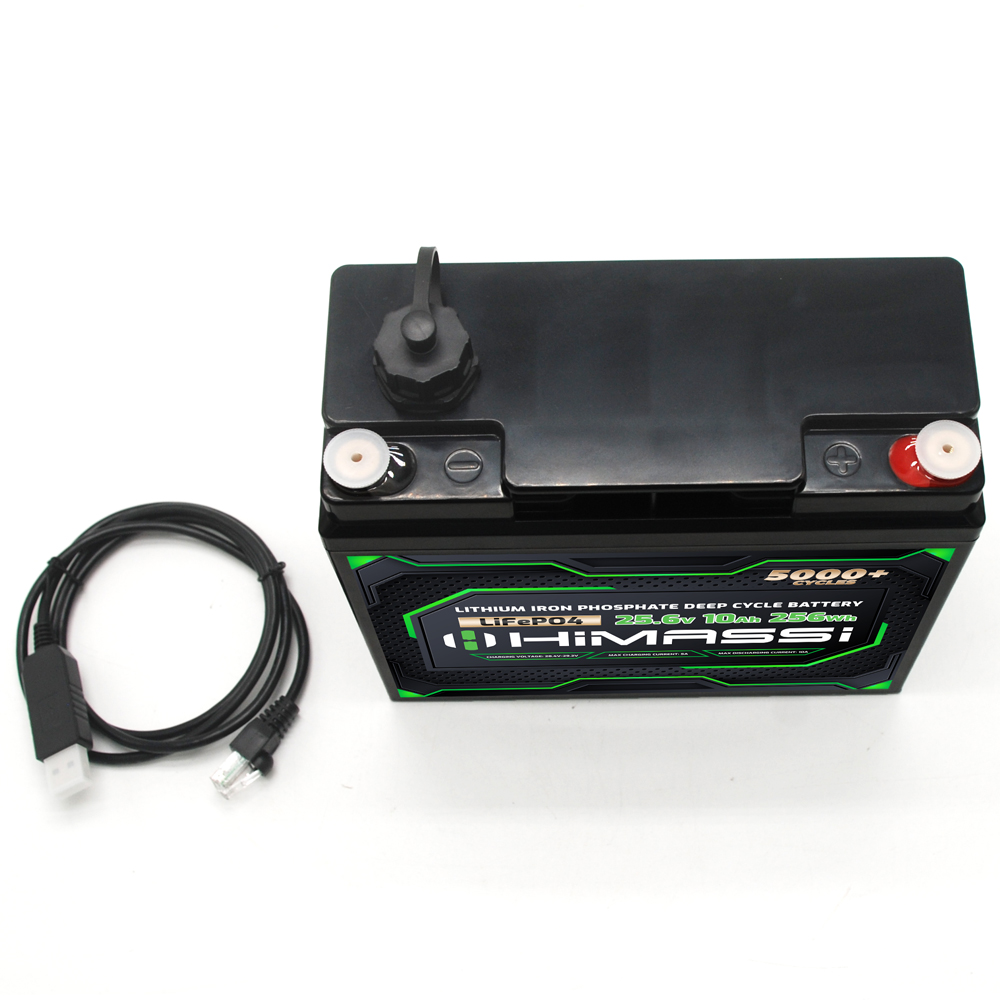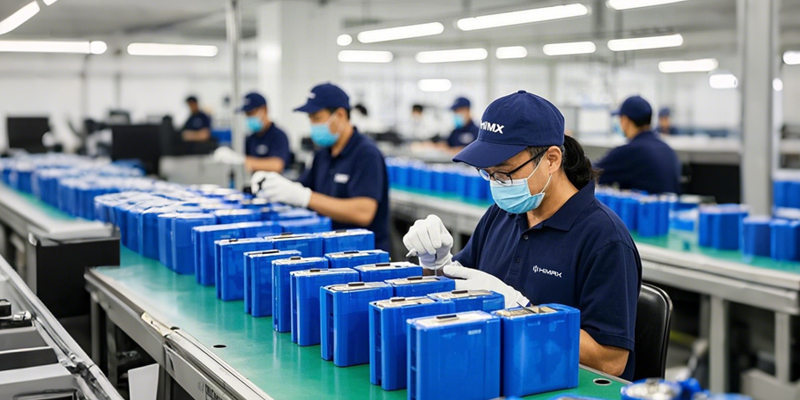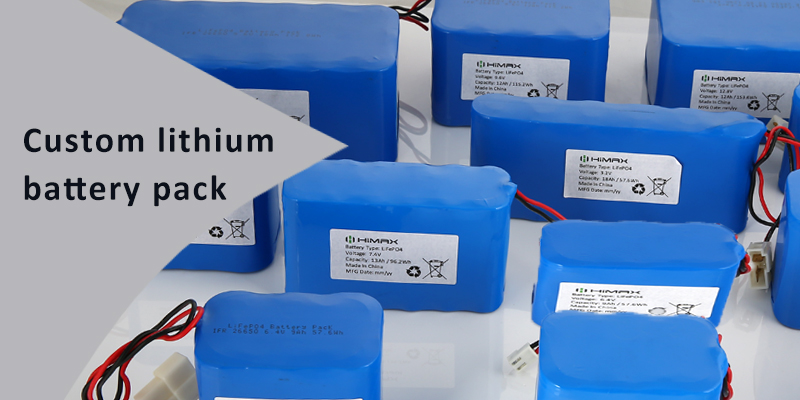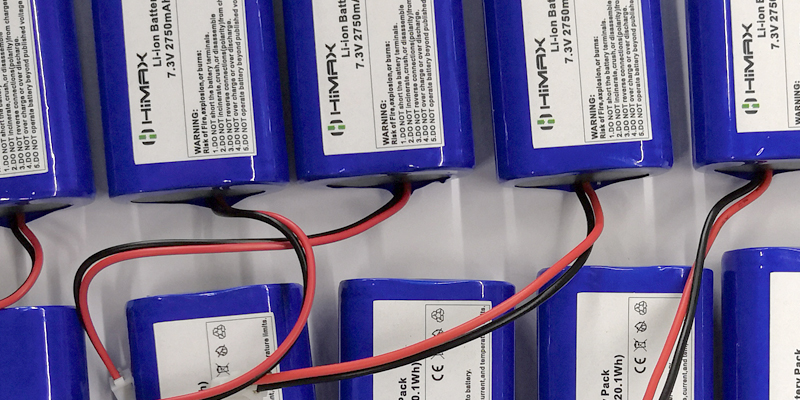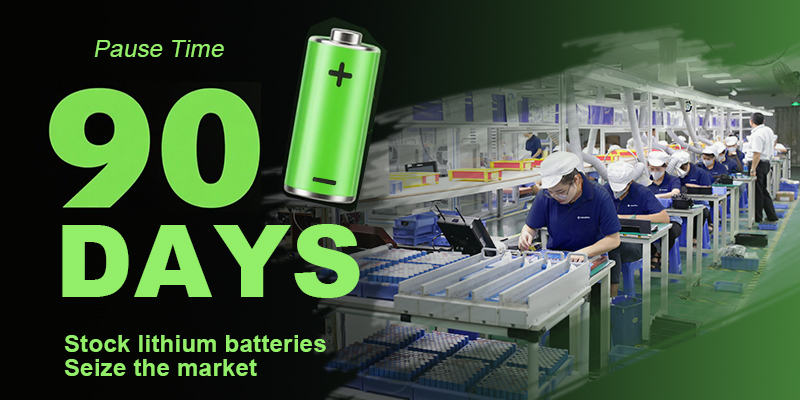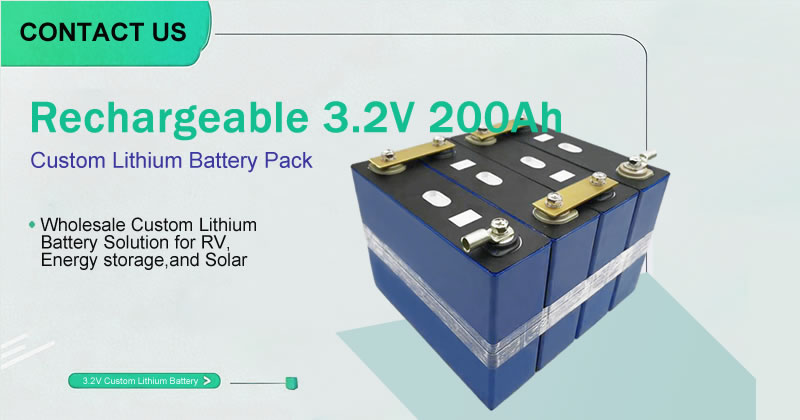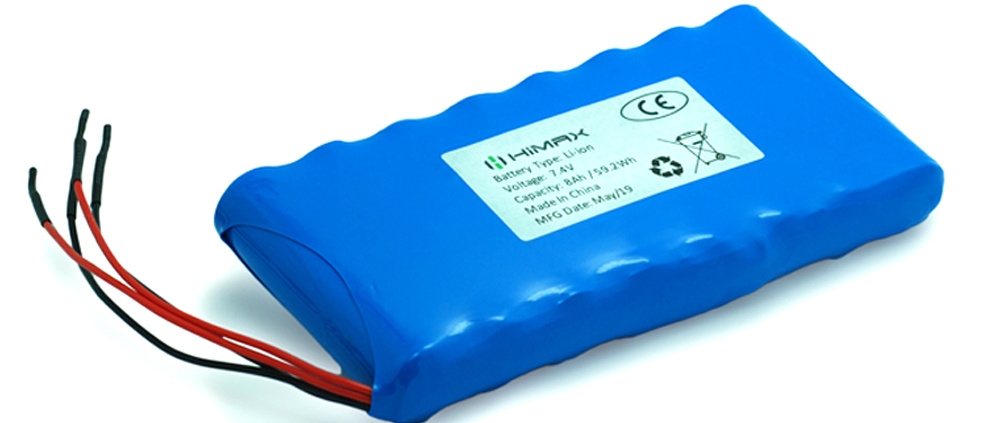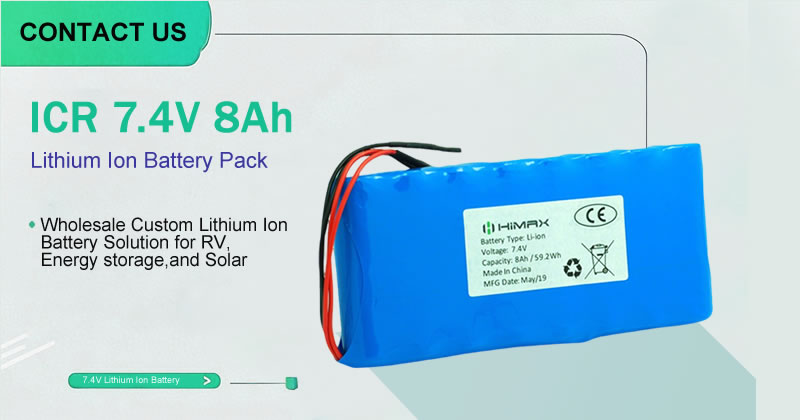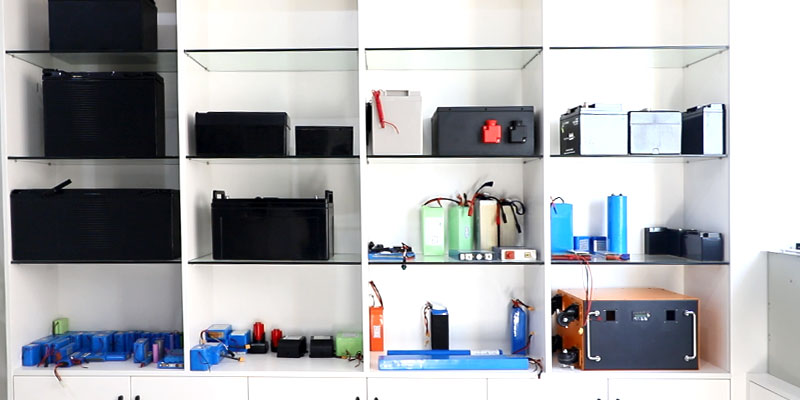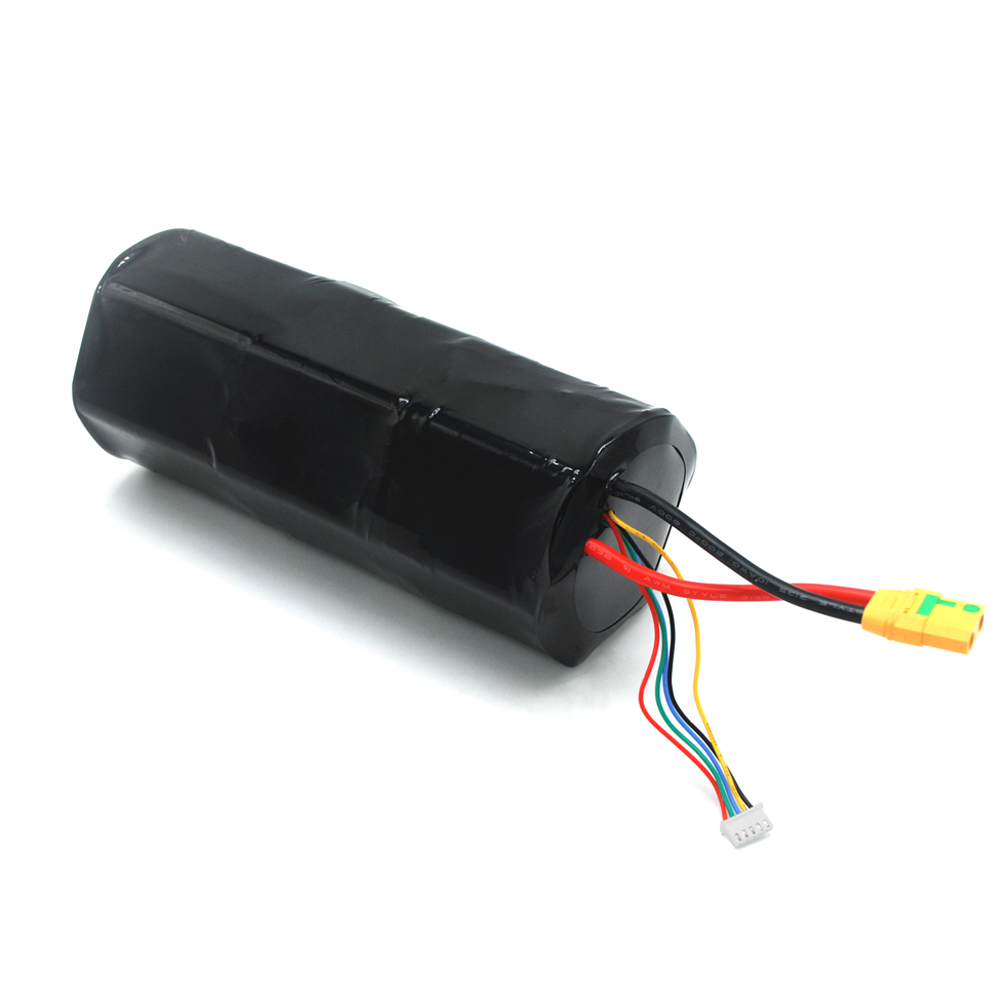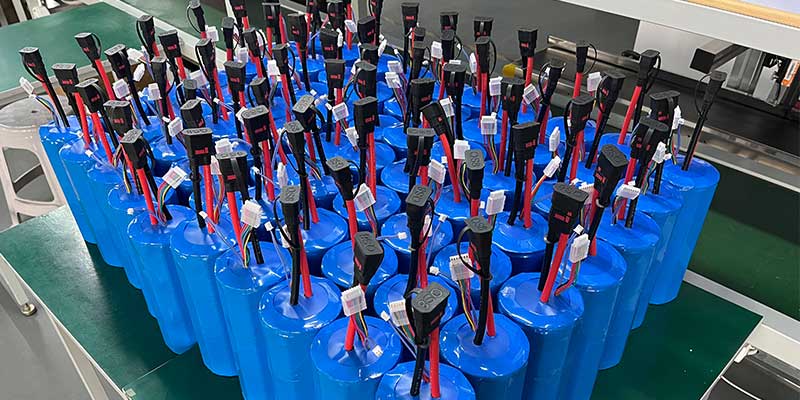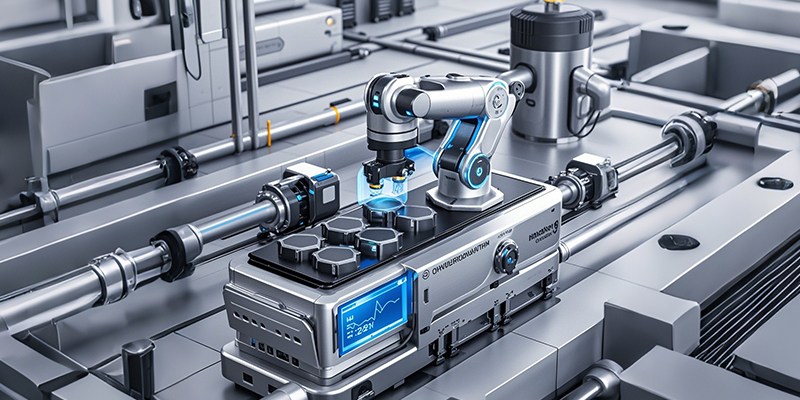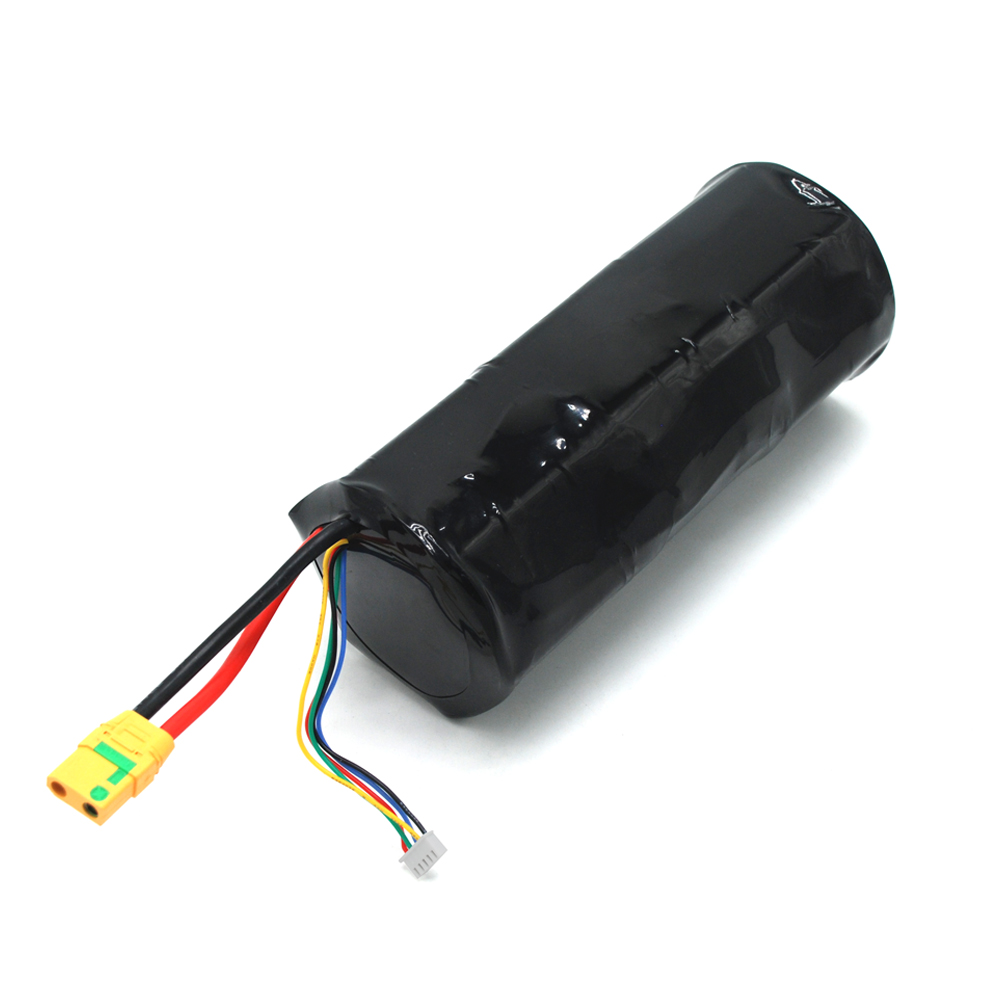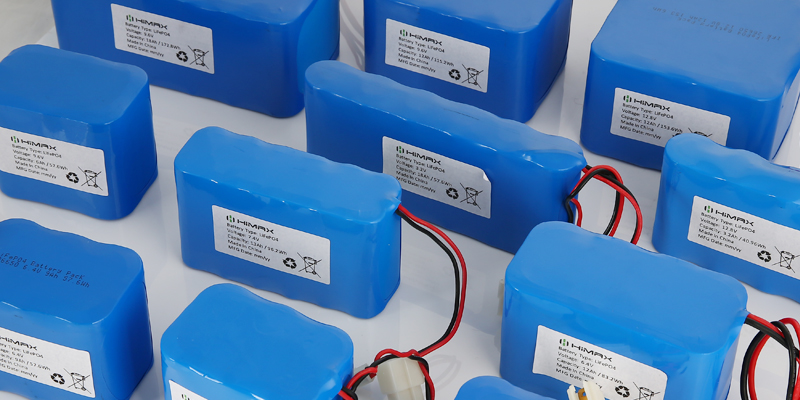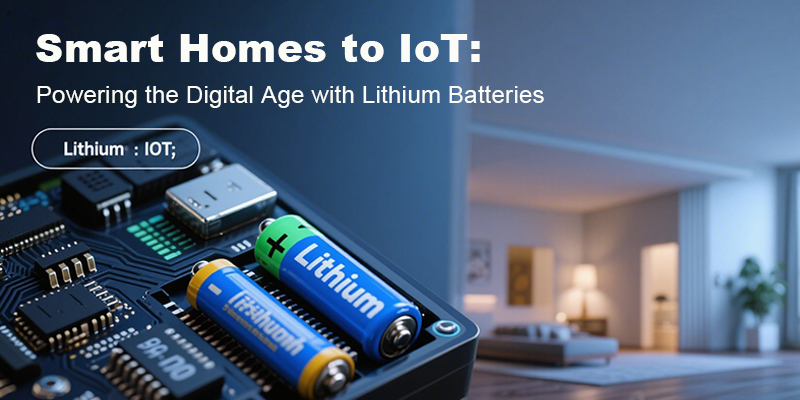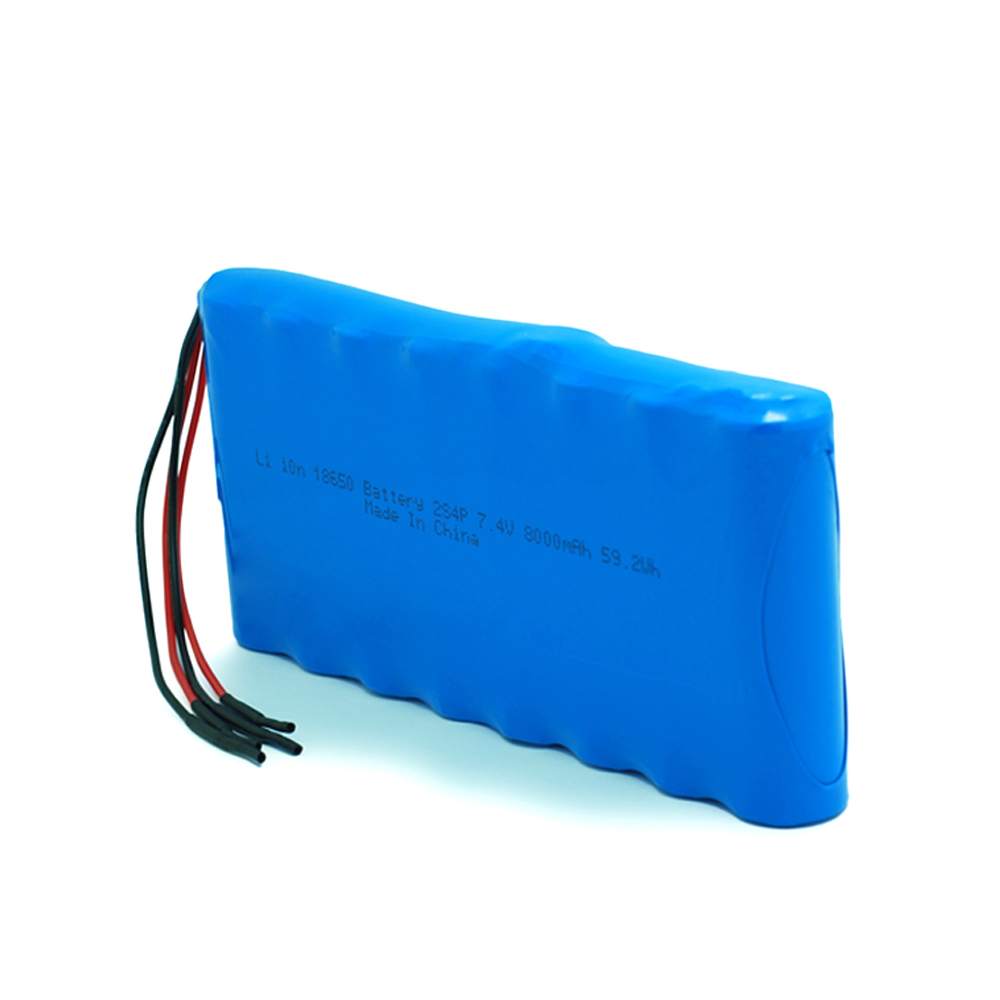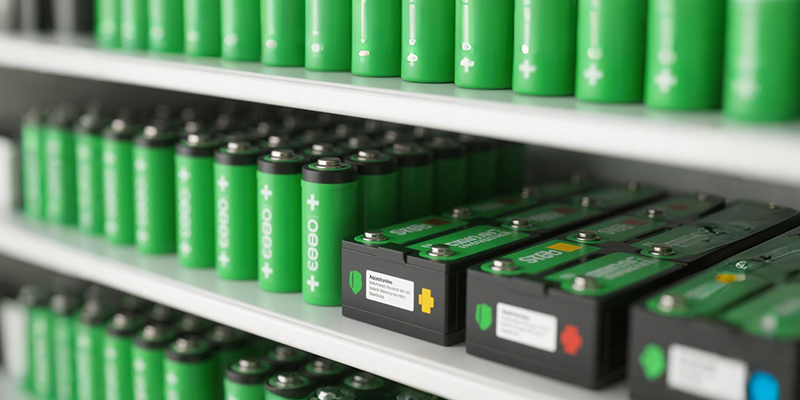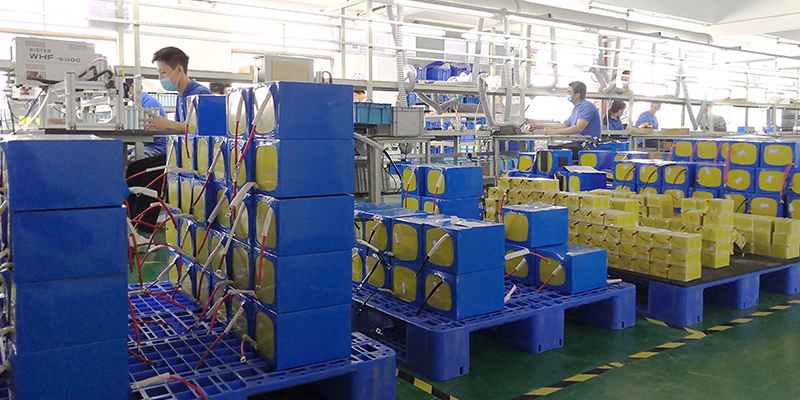Your Trusted Li-ion, LiFePO4 and Ni-MH Rechargeable Battery Supplier for Robotics Applications
HIMAX ELECTRONICS, a China-based factory-direct battery manufacturer, has been providing high-quality HIMASSI rechargeable battery for over 12 years. With extensive experience in Li-ion, LiFePO4 (LFP), and Ni-MH battery technology, HIMAX serves global clients across Europe and North America, powering the next generation of robotics applications.
HIMASSI Rechargeable Battery for Robots: Designed for Performance, Safety, and Longevity
Our HIMASSI rechargeable battery products are engineered specifically for robotics applications, including educational robots, medical assistance robots, hospital cleaning machines, and surgical robotic arms. Below is a snapshot of our most popular models, highlighting their technical advantages and specific use cases:
1. Key Rechargeable Battery Models & Features
| Application | Battery Type | Specification | Key Benefits |
| Educational & Healthcare Robots | Li-ion | 21.6V / 2.9Ah | Lightweight, compact, high energy density, fast recharge capability |
| Gait Trainer Robots | LiFePO4 | 25.6V / 10Ah | Long cycle life, enhanced thermal stability, strong safety profile |
| Hospital Cleaning Robots | LiFePO4 | 51.2V / 24Ah | Strong safety profile, high power output, low maintenance |
| Surgical Robotic Arms | Ni-MH | 12V / 1500mAh | Reliable low-temperature performance, high discharge current, cost-effective, eco-friendly |
2. Batteries to Avoid for Robots:
| Battery Type | Reason | Disadvantages |
| Lead-acid (VRLA, SLA, Gel, AGM) | Not suitable for frequent charge/discharge cycles; performs better as backup power. | Low energy density per weight; heavy and bulky. |
| NiCd (Nickel-Cadmium) | Similar to NiMH but contains toxic cadmium; being phased out. | No major advantages over NiMH; environmental concerns. |
| NiH₂ (Nickel-Hydrogen) | Rarely used; extremely niche applications. | High cost and complexity; not commercially viable for general robotics or electronics. |
Why Choose HIMAX ELECTRONICS as Your Robotics Battery Partner?
Selecting the ideal battery for your mobile robot is crucial for optimizing its performance and longevity.
✅ Factory-Direct Supply with Full Quality Control
At HIMAX ELECTRONICS, we control every step of the manufacturing process from cell selection to pack assembly and quality testing. Our in-house production facility allows us to offer competitive prices, flexible customization, and strict quality standards that meet international certifications.
✅ Focused on Robotics Battery Applications
Our HIMASSI batteries are designed to meet the unique demands of robots, such as:
Stable performance under long operating hours
Rapid charging/discharging for efficiency
Lightweight, compact design to fit space-limited environments
Built-in BMS for overcharge/overdischarge protection
✅ Customization Options Available
We support OEM and ODM projects with tailor-made battery packs in terms of:
Voltage (e.g., 12V, 24V, 48V)
Capacity (e.g., 2.9Ah, 10Ah, 24Ah)
Size, shape, connectors
Communication protocols (UART, CAN, SMBus)
Market Insights: The Growing Role of Rechargeable Battery in Robotics
🔋 The Shift Toward Lithium-Based Batteries
With robots becoming more intelligent and mobile, there is a clear industry shift from traditional lead-acid and Ni-Cd batteries to lithium-based batteries due to:
Higher energy density: enabling longer runtime in a smaller form factor
Faster charging times: reducing downtime in commercial and medical operations
Longer life cycle: lowering total cost of ownership
Safety improvements: especially in LFP chemistry
📈 Trends in Robotics Battery Demand
| Region | Market Growth Driver | Battery Preference |
| Europe | Medical and elder care robotics | Li-ion / LFP |
| North America | Commercial cleaning, warehouse automation | LFP / Ni-MH |
| Asia-Pacific | Smart education & service robots | Li-ion |
HIMASSI Battery: Supporting the Rise of Intelligent Robots
Our HIMASSI batteries help power the future of robotics by ensuring safety, reliability, and high efficiency. Whether it’s a robotic vacuum in a hospital corridor or a mobility assistant in a retirement home, HIMASSI batteries are helping businesses achieve smarter automation with confidence.
Contact Us for a Free Rechargeable Battery Consultation
Let HIMAX ELECTRONICS be your trusted partner for custom robotics battery solutions that power innovation and efficiency.


